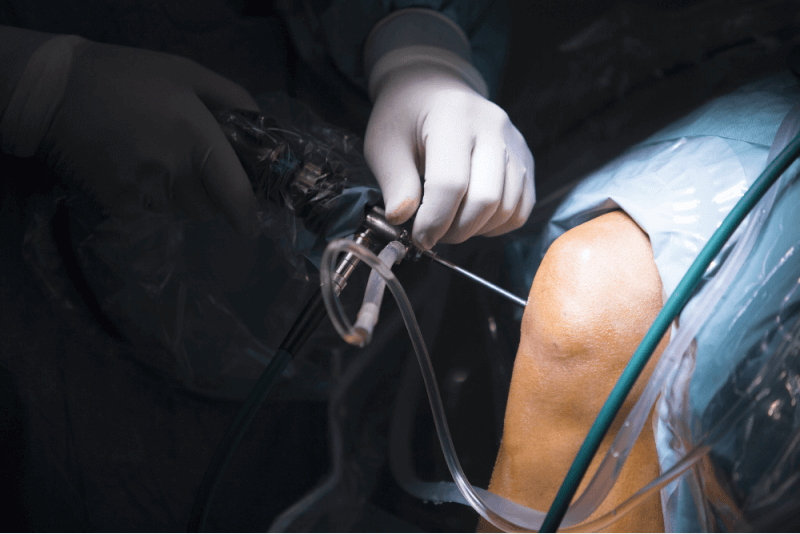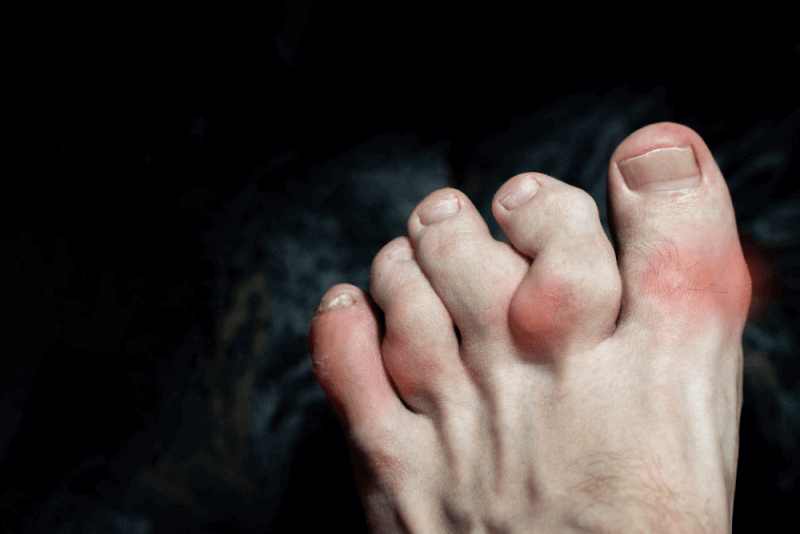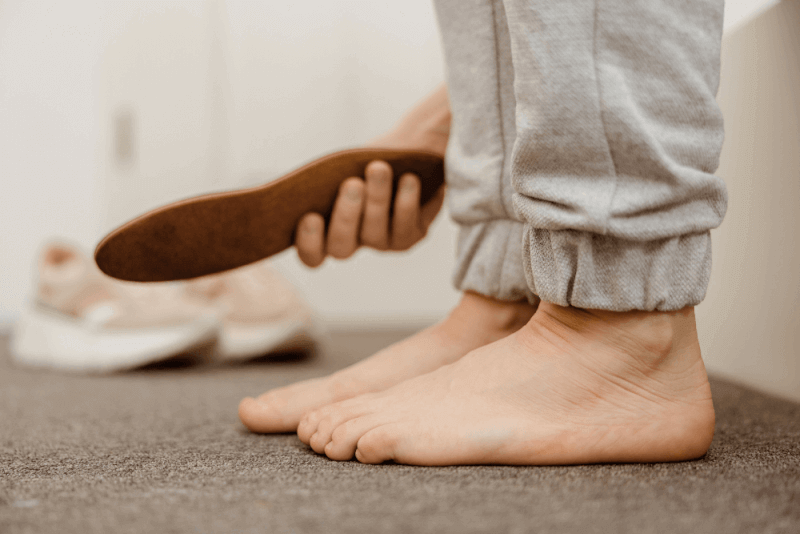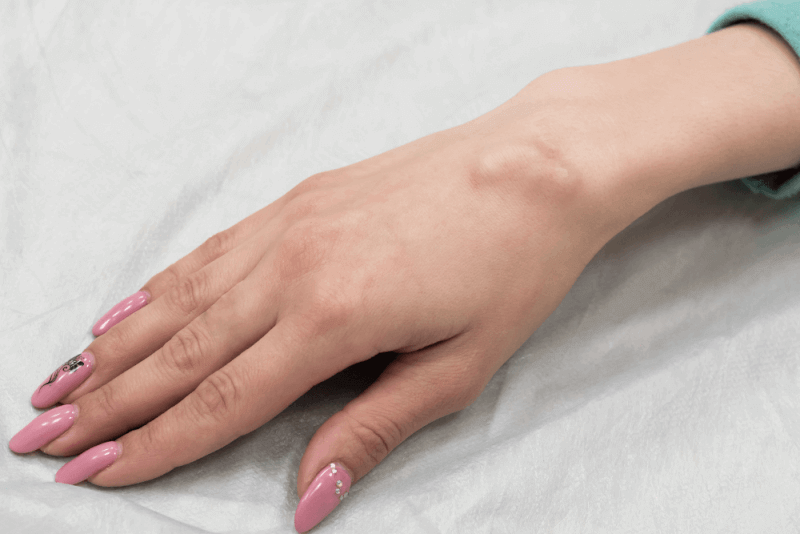What is knee arthroscopy?
Knee arthroscopy is used to diagnose and treat many knee injuries. During arthroscopic knee surgery, surgeons insert a camera into the knee through a small incision to diagnose problems inside the knee.
Knee arthroscopy, one of the commonly used minimally invasive surgical procedures, involves making multiple incisions when used for injuries. The other incisions are used to insert surgical instruments needed for repair into the knee area.
Physical therapy after knee arthroscopy
Physical therapy after knee arthroscopy should be planned specifically to meet the needs and conditions of the patients. The exercises listed below are the most suitable options for immediate and rehabilitative exercises after knee arthroscopy. During this process, jumping or excessive stretching should be avoided.
Quadriceps setting
The steps to follow to work the quadriceps muscles are as follows.
- Lie on your back on a flat surface.
- Place a rolled-up towel under your ankle.
- Squeeze the muscles at the top of your thigh and try to push the back of your knee towards the ground. This will help straighten your knee.
- Straighten the knee as much as possible and hold this position for 5 seconds.
- Relax and repeat the movement 10 times.
Hamstring setting
These muscles help bend the knee and it is important for them to remain strong after knee arthroscopy. The steps for this exercise are as follows.
- Lie on your back with your knees bent at a 10 to 15-degree angle.
- In this position, without moving your leg, push your heel towards the ground as if trying to bend your knee. The ground will prevent the foot from moving and target the desired muscles.
- Hold this position for 5 seconds.
- Relax and repeat 10 times.
Gluteal sets
This exercise works the hips and helps move blood that nourishes the legs and hips after surgery. The steps for this exercise are as follows.
- Lie on your back on the ground with your knees bent at a 10 to 15-degree angle.
- Squeeze your gluteal muscles.
- Hold this position for 5 seconds.
- Relax and repeat the movement.
Straight leg raise
This exercise helps protect the knee while improving the function of the hip and knee muscles. It is one of the most important exercises to be performed after knee surgery. The steps for the exercise are as follows.
- Lie on your back on a flat surface.
- Bend the non-operated leg at a 90-degree angle and place the sole of the foot flat on the ground.
- Keep the operated leg straight.
- Slowly lift the operated leg 10-15 cm off the ground.
- Hold this level for 5 seconds.
- Slowly lower the leg to the ground.
- Repeat 10 times a day.
Complications of knee arthroscopy
Complications from knee arthroscopy are rare. As with any surgery, the risks of knee arthroscopy include bleeding and infection. Possible complications after the procedure include:
- Blood clots
- Knee stiffness
- Swelling due to blood accumulation in the knee
Recovery process after knee arthroscopy
Most knee arthroscopies are outpatient procedures, allowing patients to be discharged on the same day. Patients need assistance to go home after surgery. It is expected for patients to experience some pain during the recovery process. The following measures should be taken during the first few days after the procedure:
- Avoid putting weight on the knee for a few days. Use crutches or a walker for walking.
- Rest with the leg elevated to reduce swelling and pain. The knee should be above heart level.
- Painkillers prescribed by the surgeon will help control the pain. Additional medications may be prescribed to reduce swelling and prevent blood clots.
- Keep the dressing applied to the incisions clean and dry. The surgeon will inform you when you can shower after surgery.
- Following a personalized physical therapy program after surgery is extremely important for regaining strength and mobility.
How is knee arthroscopy performed?
The following steps are followed during the knee arthroscopy procedure:
- The leg is cleaned and the knee is stabilized. The device used to stabilize the knee keeps the knee in the correct position throughout the procedure.
- A small incision is made in the knee and a long metal instrument called an arthroscope is inserted through this incision into the knee. The arthroscope has a camera at the end, and the images from the camera are transmitted to a monitor in the operating room.
- The surgeons look at the images on the monitor to make the necessary diagnoses. If the procedure is for treatment, the images guide the procedure.
- If necessary, the surgeon makes additional incisions in the knee and inserts small instruments needed to perform the procedures.
- During the arthroscopy, torn tissues are repaired, damaged bone or cartilage is shaved, or inflamed or damaged tissues are removed. Specially designed tools are used for all these tasks.
- The incision sites are closed with stitches or small bandages, and the knee is wrapped with a larger bandage or dressing to keep it stable.
Benefits of knee arthroscopy
As a minimally invasive method, knee arthroscopy requires a shorter recovery time compared to traditional surgery. Because only a few small stitches are used in this procedure, it allows for faster mobilization, less pain, and a lower risk of infection compared to traditional surgery.
Who is knee arthroscopy suitable for?
Knee arthroscopy is suitable for patients whose knee pain persists despite non-surgical treatment methods. Arthroscopy can be both a diagnostic and treatment method that allows for better examination of the cartilage, bone, and soft tissues inside the knee.
When is knee arthroscopy needed?
Knee arthroscopy may be needed in the following situations:
Soft tissue injuries
Soft tissues connect bones to each other and muscles to bones. Some of the most common knee injuries include:
- Bursitis
- Meniscus tear
- Patellar tendinitis
- Anterior cruciate ligament tear
- Medial collateral ligament tears
Fractures
Bones can break or shatter inside the knee. In some cases, pieces of cartilage can also break when the bone breaks.
Inflammation
The synovium inside the knee is soft tissue within the joint and can become inflamed and swollen for various reasons.








